AstrHori 6.5mm f/2.0 Fisheye Lens
03 Juli 2025
The AstrHori 6.5mm f/2 Fisheye Lens is a manual focus Circular Fisheye Lens for APS-C cameras with a 192° field of view.
Best general setting is at the 1m mark and f/5.6. This puts everything from near to infinity in focus.
The AstrHori 6.5mm Fisheye Lens fills the entire APS-C sensor with its 192° field of view, unlike the Laowa 4mm Circular Fisheye, which projects a 210° image circle that does not fully cover the frame.
| AstrHori 6.5mm | Laowa 4mm |
|---|---|
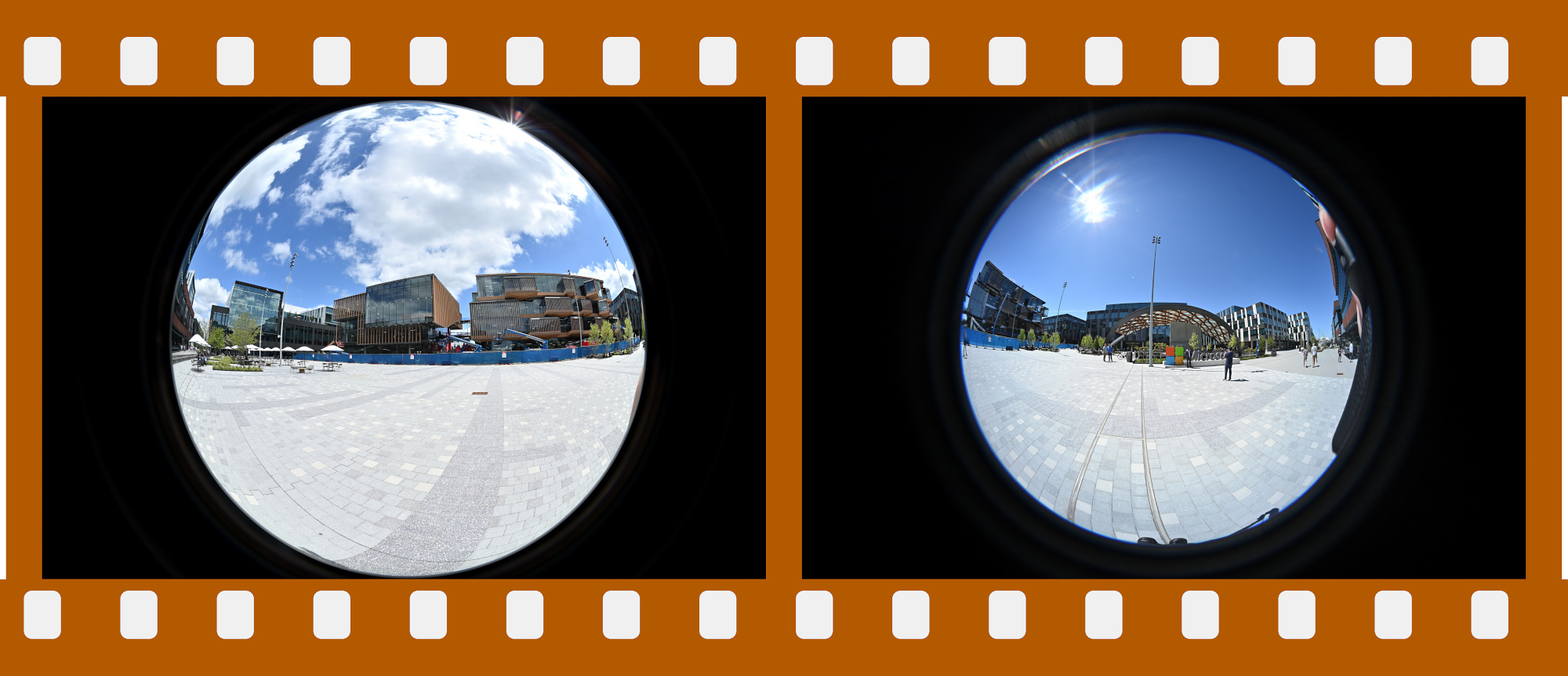
|
|
However, with only 192° of coverage, the AstrHori 6.5mm makes it difficult to capture a full 360x180° panorama using just two images. In contrast, the Laowa 4mm performs much better in this regard thanks to its wider 210° field of view.
Example 360x180° panorama with two pictures using the AstrHori 6.5mm Fisheye Lens:
1/800s f/5,6 ISO 100/21° f=6,5mm
Both images must be perfectly aligned using a nodal point adapter. If the camera is even slightly off-axis, parallax errors can occur, which may lead to visible stitching artifacts like this because of the missing overlap:
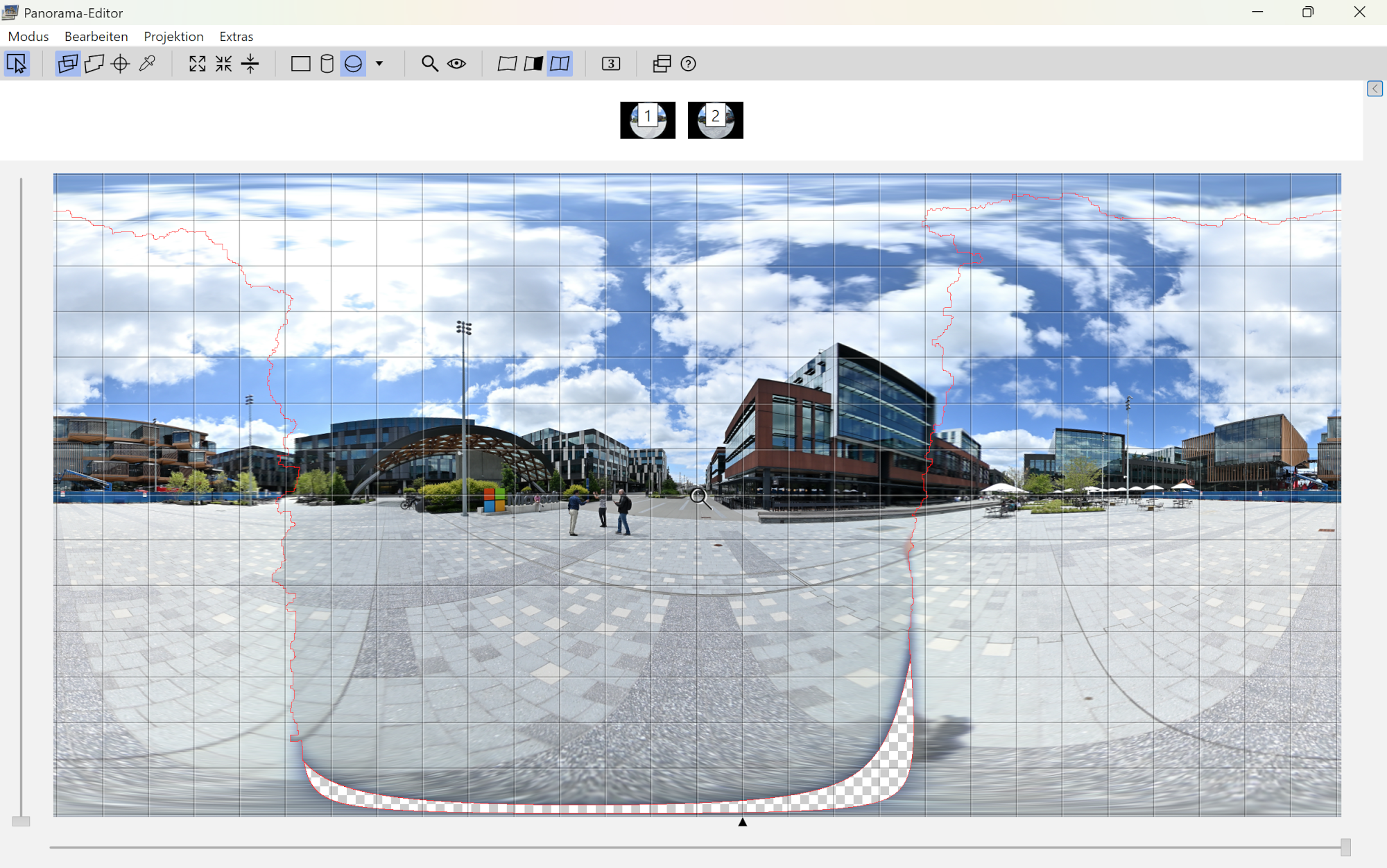
A 360x180° panorama created from only two images relies solely on control points along the left and right edges. Unlike multi-image panoramas using 6+Z+N shots1, there is no flexibility for adjustment in other areas of the frame.
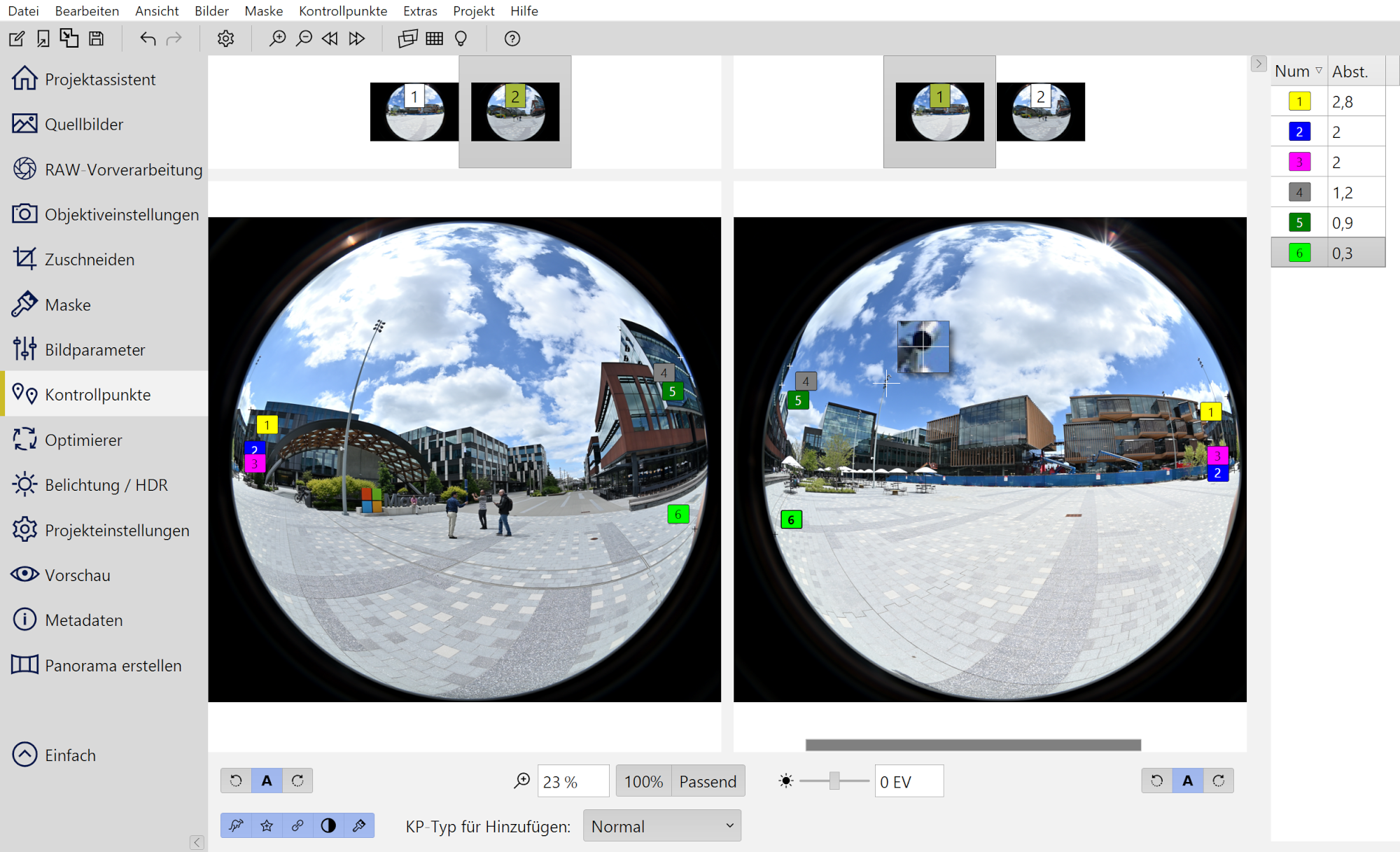
Interactive Panorama AstrHori 6.5mm Test 1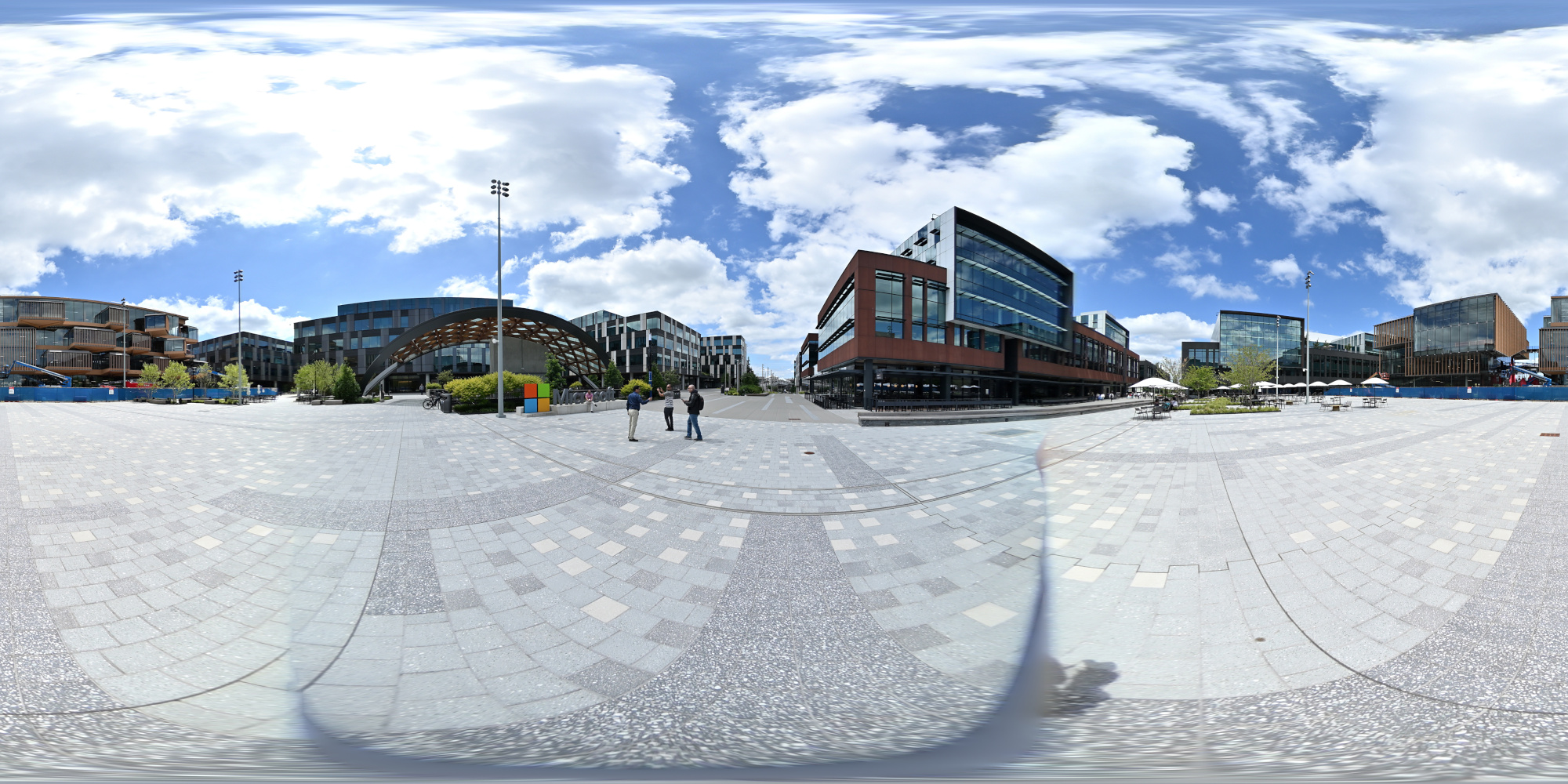
To improve the quality of a 360x180° panorama, three images should be taken at 120° intervals with the camera slightly tilted upward, along with an additional Nadir (bottom) shot to cover the ground area and eliminate potential shadows.
1/1000s f/5,6 ISO 100/21° f=6,5mm
The three slightly upward-tilted shots capture the sky seamlessly, while the Nadir takes care of the floor details:
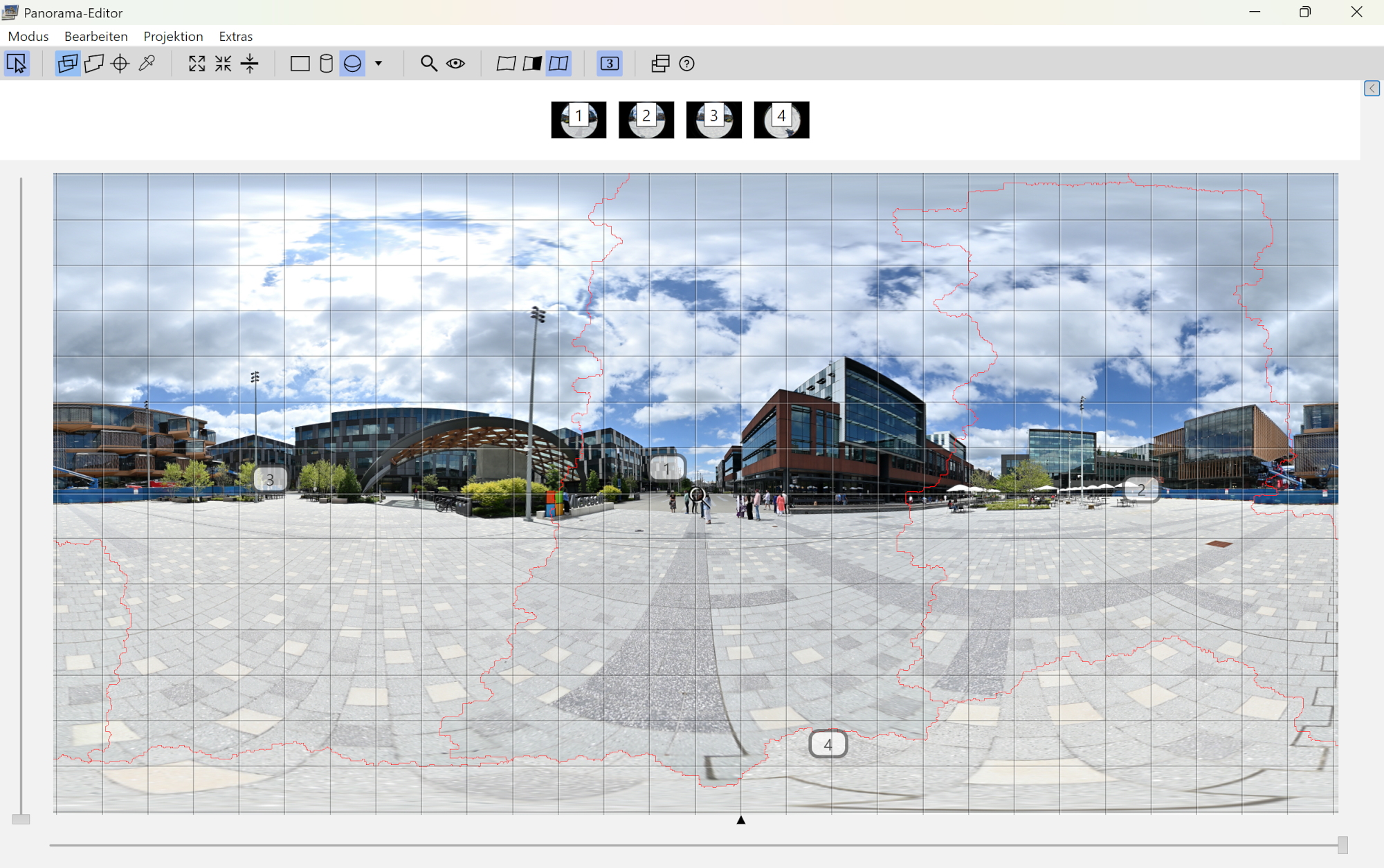
But this only yields a final resolution of 8k by 4k. A two-shot fisheye panorama using the 4mm lens is 7k by 3.5k, which is already quite limited. In contrast, a full-frame fisheye panorama captured using 6+Z+N gets 16k by 8k.
All resolutions are based on a 20MP camera.
Interactive Panorama AstrHori 6.5mm Test 2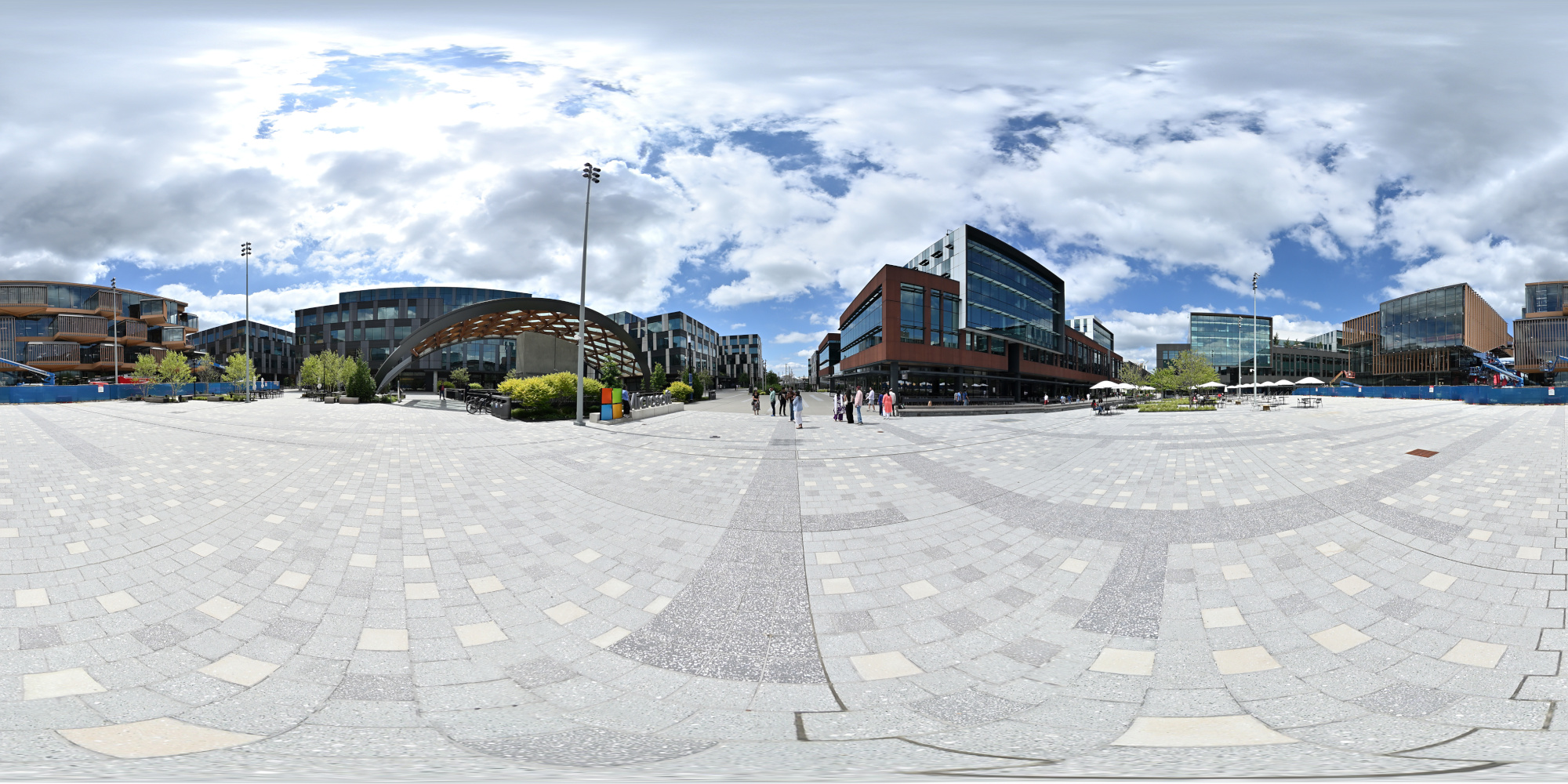
Surprisingly sharp in the corners for such an affordable lens. A clear improvement compared to the old Zenitar, which was my first fisheye lens and handled sharpness like it was optional and felt more like a Cold War relic than an optical instrument.
Not sure how the Peleng even compares, but for a circular fisheye on full-frame cameras at that time, it seems better suited for museum display than modern photography.
1/800s f/5,6 ISO 100/21° f=6,5mm
And nice sunstars:
1/800s f/5,6 ISO 100/21° f=6,5mm
Only a Circular Fisheye can capture this:
1/400s f/5,6 ISO 100/21° f=6,5mm
With the focus set to its minimum distance, the leaf is actually touching the front element of the lens. This is one of the drawbacks of this lens: you cannot make those funny fisheye closeup shots. The Laowa 4mm is much better in this regard with its extreme close focus capability.
1/800s f/5,6 ISO 100/21° f=6,5mm
More examples shot with the AstrHori 6.5mm lens on a Nikon Z30:
1/800s f/5,6 ISO 100/21° f=6,5mm
1/640s f/5,6 ISO 100/21° f=6,5mm
1/640s f/5,6 ISO 100/21° f=6,5mm
1/800s f/5,6 ISO 100/21° f=6,5mm
1/800s f/5,6 ISO 100/21° f=6,5mm
1/800s f/5,6 ISO 100/21° f=6,5mm
1/1000s f/5,6 ISO 100/21° f=6,5mm
1/1000s f/5,6 ISO 100/21° f=6,5mm
1/1000s f/5,6 ISO 100/21° f=6,5mm
1/1000s f/5,6 ISO 100/21° f=6,5mm
Summary
✅ AstrHori 6.5mm: Best for general fisheye photography, great sharpness, sunstars, and APS-C coverage.
✅ Laowa 4mm: Best for minimal-shot 360x180° panoramas and creative close-up fisheye fun.
✅ TTArtisan 7.5mm: Best for general 360x180° panoramas.
❌ AstrHori 6.5mm: Not ideal for close-ups or minimal-shot panoramas.
❌ Laowa 4mm: Weaker in flare resistance.
❌ TTArtisan 7.5mm: Beware the lens cap: it has a mind of its own and occasionally makes a break for freedom. Even with a fix in place. A true escape artist.
See also
TTArtisan 7.5mm f/2.0 Fisheye Lens
Laowa 4mm f/2.8 Fisheye Lens
-
6+Z+N refers to a common panoramic shooting technique used with full-frame fisheye lenses: six horizontal shots taken in portrait orientation around a central point, plus one shot each for the Zenith (top) and the Nadir (bottom) views. ↩